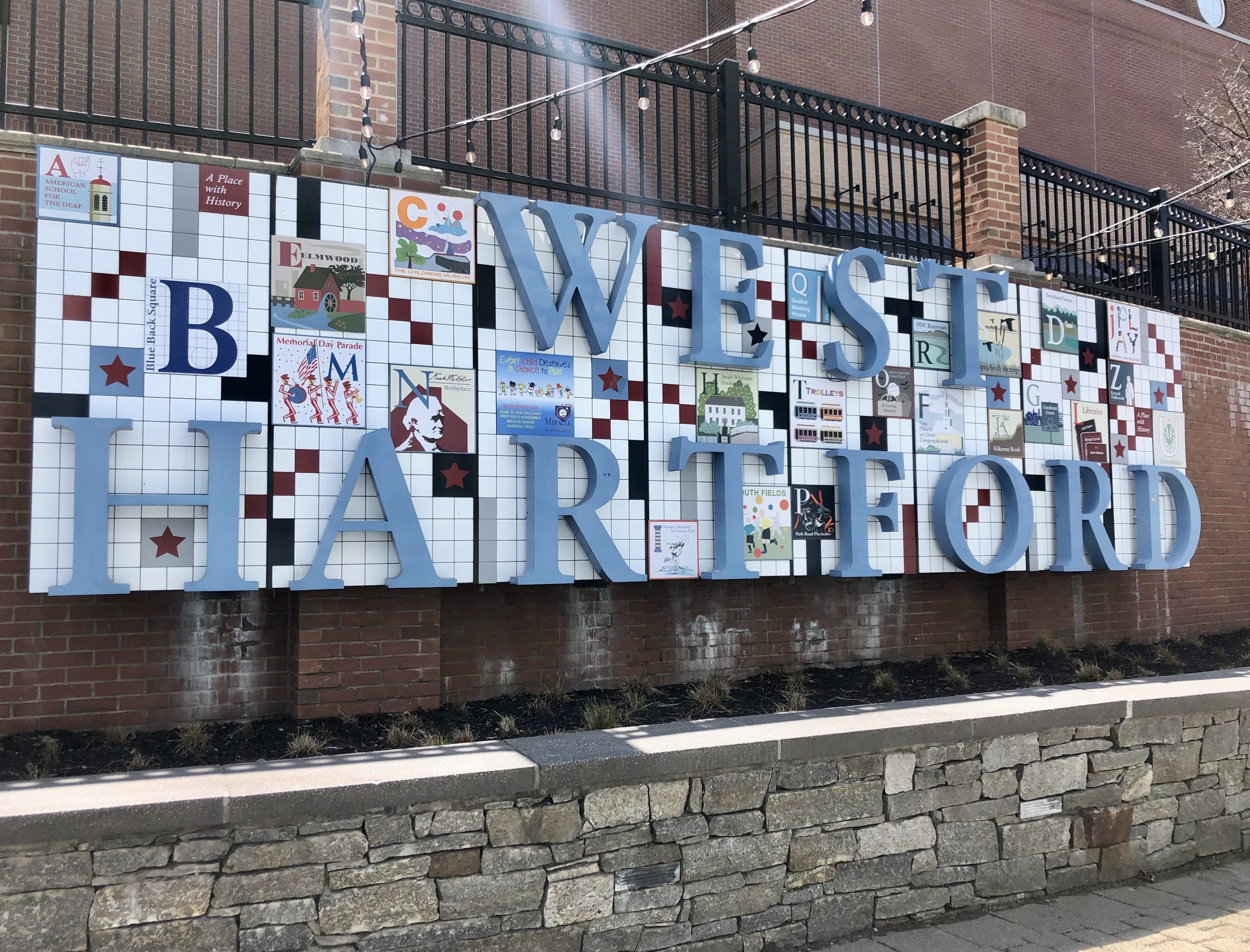New Data Platform Launches in Connecticut to Advance Women and Girls

Audio By Carbonatix

Submitted image
The Women and Girls Data Platform is an online, interactive tool funded collaboratively by the West Hartford-based Aurora Foundation for Women and Girls and other foundations across the state.
Submitted
Launched Friday, Dec. 6, the Women and Girls Data Platform (WGDP) is a cutting-edge tool to share information and equip nonprofits, government, and community members with information for the advancement of women and girls in Connecticut.
An online, interactive tool, the WGDP provides access to publicly available data specific to regional, city, and statewide levels that is aggregated for gender and race. The data compares trends across regions and the state and aids in better understanding of local needs.
Data is featured by demographics, health and safety, education, economic security, and civic engagement. Among the information that can be gleaned from the data contained in the platform:
- Fairfield County has higher percentages of uninsured women compared to all other counties in Connecticut.
- In Connecticut, 2 in 3 women have at least some college education. In the cities of Norwalk and Stamford, as well as in Fairfield and Tolland counties, there are more women with Bachelor’s degrees than those with a high school diploma. In comparison, 1 in 4 women in Bridgeport, and 1 in 5 women in Hartford, New Britain, and Waterbury do not have a high school diploma.
- 47.8% of female-headed households in Connecticut age 65 and younger are below the ALICE threshold. 52.2% of female-headed households age 65 and older are below ALICE. The ALICE Threshold represents the minimum income level necessary based on the Household Survival Budget (estimate of the total cost of household essentials – housing, child care, food, transportation, technology, and health care, plus taxes and a 10% contingency). It is calculated for each county by the United Way.
- Fairfield, Hartford, and New Haven counties have similar numbers of female State Representatives at the State Capitol (37, 36, 37 respectively), but it means that New Haven has 51% female representation compared to only 24% and 28% in Fairfield and Hartford counties.
Women and girls’ funds from Foundations across the state recognize the power and impact of data to decision-making at all levels. The Platform is funded collaboratively by the West Hartford-based Aurora Women and Girls Foundation, Fairfield County’s Community Foundation’s Fund for Women & Girls, Main Street Community Foundation Women & Girls’ Fund, and Community Foundation of Middlesex County Sari A. Rosenbaum Fund for Women & Girls.
Connecticut Collective for Women and Girls (CCWG), a statewide network for organizations serving women and girls, is a primary audience for the portal. The Connecticut Women’s Education and Legal Fund (CWEALF) is the organizer of the CCWG and a collaborator on the WGDP.
The Connecticut Data Collaborative developed and built the Platform for the Collective and funders with the goal of creating a valuable and regularly updated tool.
“Reliable information on the needs of women and girls is vital to address community needs through effective programming, advocacy, and resource allocation,” said Kate Farrar, executive director of CWEALF. “As the state’s leading champion for women and girls, our organization and other women and girls’ serving organizations can’t effectively advocate without this essential data to make the case.”
“According to the international Women’s Funding Network, no similar data sharing platform exists nationwide, and Connecticut is a model for the country to share data to increase equity,” said Jennifer Steadman, executive director, Aurora Foundation for Women and Girls. “Efforts to address the impact of poverty on women and girls, particularly women and girls of color, must be guided by data that assesses the impact of gender and race on the economic and educational attainment of women and girls in our state.”
“Aurora produced the first comprehensive report on the status of women and girls in Greater Hartford in 2014 and we are pleased to continue that effort and expand its scope to put women and girls at the center of a statewide conversation about opportunity and equity,” Steadman added.
“The Women and Girls Data Platform enables a broad audience access to public data about the status of women and girls in the State,” said Michelle Riordan-Nold, executive director, CT Data Collaborative. “It is a vital tool for community- based nonprofits to assess the needs in their communities.
The data platform will be unveiled at Saturday’s United State of Women Galvanize Connecticut event at Goodwin College.
Like what you see here? Click here to subscribe to We-Ha’s newsletter so you’ll always be in the know about what’s happening in West Hartford!




[…] (function(d, s, id) { var js, fjs = d.getElementsByTagName(s)[0]; if (d.getElementById(id)) return; js = d.createElement(s); js.id = id; js.src = "http://connect.facebook.net/en_US/sdk.js#xfbml=1&version=v2.8&appId=142204582533524"; fjs.parentNode.insertBefore(js, fjs); }(document, 'script', 'facebook-jssdk')); (adsbygoogle = window.adsbygoogle || []).push({}); READ SOURCE […]